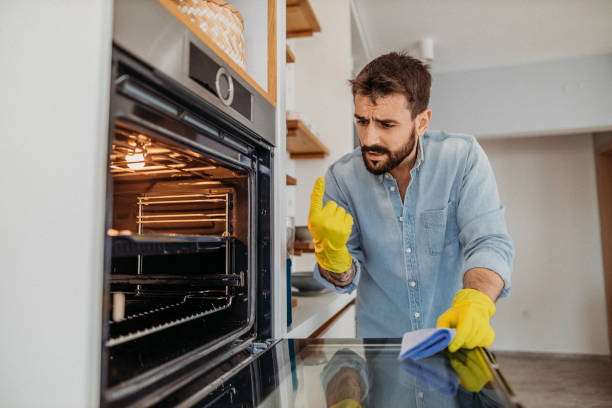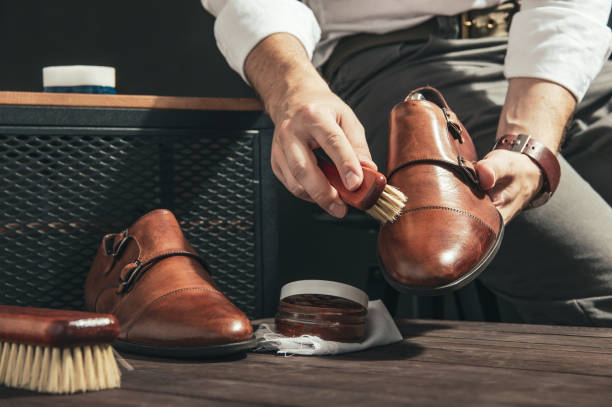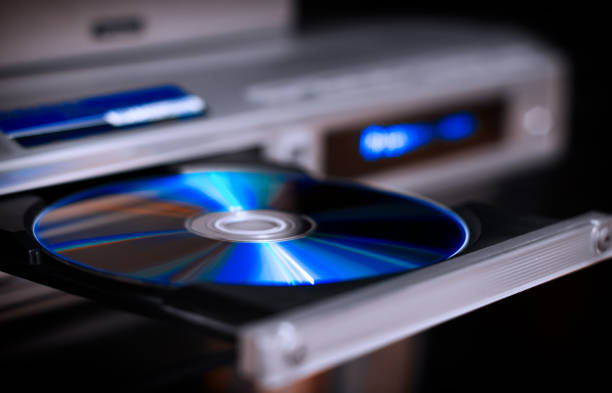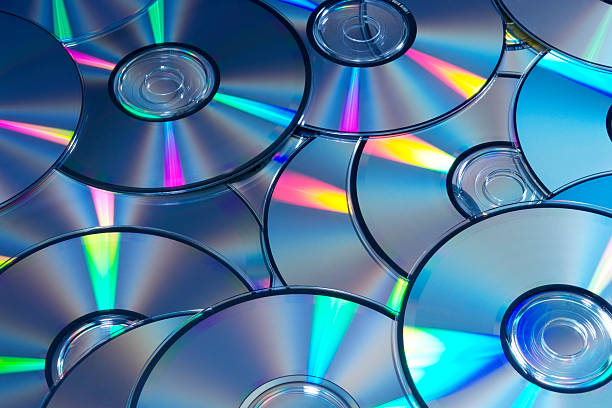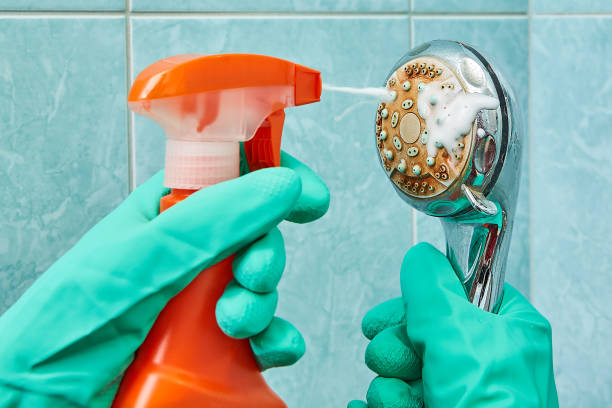Cleaning and polishing silver can be time-consuming and expensive – but it doesn’t have to be! We have ten tips on how to give your silver pieces a new shine quickly and cheaply with home remedies.
Silver and silver cutlery are valuable. Often there is also a reminder attached to the pieces, for example, if you inherited them or saved them for a long time to afford the special piece. It goes without saying that one would like to have something of the pieces for a long time to come. That is why it is important to know how to properly clean and polish silver, silver cutlery, and silver jewelry.
Clean silver with household tips
Silver has a big disadvantage that it can turn black. In the following article, we will explain why this happens. If you want to clean your silver, silver jewelry, and silver dishes, you will also find helpful housewife-style household tips here.

Why Silver Tarnishes
Silver reacts in the air with oxygen and traces of hydrogen sulfide. The dark silver sulfide is formed in the process. This causes the silver to have a gray to the black surface which is unsightly and should be removed by effectively cleaning the silver.
Effective home remedies for cleaning silver
There are many silver cleaners available at drugstores and specialty stores. However, you can save money by using simple household tricks and home remedies. The following applies here: This is a collection of housewife tips, use at your own risk. Also, note our tips on storing and caring for opal jewelry.
1) Clean silver cutlery with aluminum foil
Aluminum foil can be used for more than just wrapping food, it can also help you clean silver. First-line a washing bowl with aluminum foil and fill it with boiling salted water. Then put the tarnished silver in for an hour. Then carefully brush the cutlery individually and polish it with a cloth.
Alternatively, you can simply wrap the silver in aluminum foil. Then place in simmering, lightly salted water for a few minutes. The aluminum foil should not be wrapped too tightly around the silver, the saltwater must come into contact with the silver. Finally, bring it to a boil briefly and remove the silver again and polish it dry.
2) Toothpaste for cleaning
You can not only brush your teeth with toothpaste – cleaning silver with toothpaste is a well-tried tip. Simply put some toothpaste on a toothbrush and use it to clean the silver. After a short exposure time, simply rinse off with water.
3) Shine again with sour milk
You can also use sour milk to clean silver. Simply pour the sour milk over the silver in a bowl. Leave the milk on for several hours, ideally overnight. Thoroughly rinse off with clear water in the morning and the silver shines in new splendor again.
4) Brush raw potato with silver
With a versatile raw potato, you can clean coarser silver jewelry by simply rubbing the silver with a freshly sliced potato. This is suitable, for example, for plates or shelves made of silver. Afterward, it is best to wipe it off directly with a damp cloth so that the starch does not settle on your silver pieces and cover the shine that has just been achieved.
5) Curd soap and ammonia solution for silver jewelry
Silver chains can be cleaned well with a mixture of liquid curd soap and ammonia solution. Put the curd soap in a bowl with some warm water and a small dash of ammonia solution. Then let the silver work for a few minutes and the bracelets and chains will look like new.
6) Baking soda and toothbrush
You can treat the silver with a brushed surface well with baking soda. To do this, put some baking soda on a toothbrush and rub it into the piece of jewelry in circular movements. Again, you should make sure that you use a soft toothbrush.
7) Ash and lemon against tarnished silver
Ash mixed with a little lemon juice is suitable for cleaning silver and silver cutlery. First, apply the mixture to the silver with a household cloth. Then rub off with a soft cloth. Then wash the silver (and your hands) thoroughly with water.
8) With beer against silver sulfide

Another way to clean silver sounds a bit strange at first, but it is effective. You can clean silver with beer! Simply soak the silver in beer overnight. To prevent residue and the smell, rinse it off thoroughly with water the next morning. As with the lemon, the acid in the beer helps get rid of the silver sulfide and thus the unsightly discoloration.
9) Silver Cleaning Baking Soda
The next home remedy for cleaning silver also comes from the kitchen: baking powder. Simply mix a packet of baking soda with a little water, apply the paste to the silver and leave for a few minutes. Then rinse thoroughly.
This method is particularly suitable for silver-plated objects. Due to the fact that it is very gentle, even thinner coatings are not damaged or can be wiped off accidentally.
10) Remove discoloration with Kukident
To clean silver with Kukident, you can dissolve one tablet in a bowl of warm water. Then put the silver jewelry or cutlery in for a few hours. This dissolves the discoloration and the silver regains its beautiful shine.




